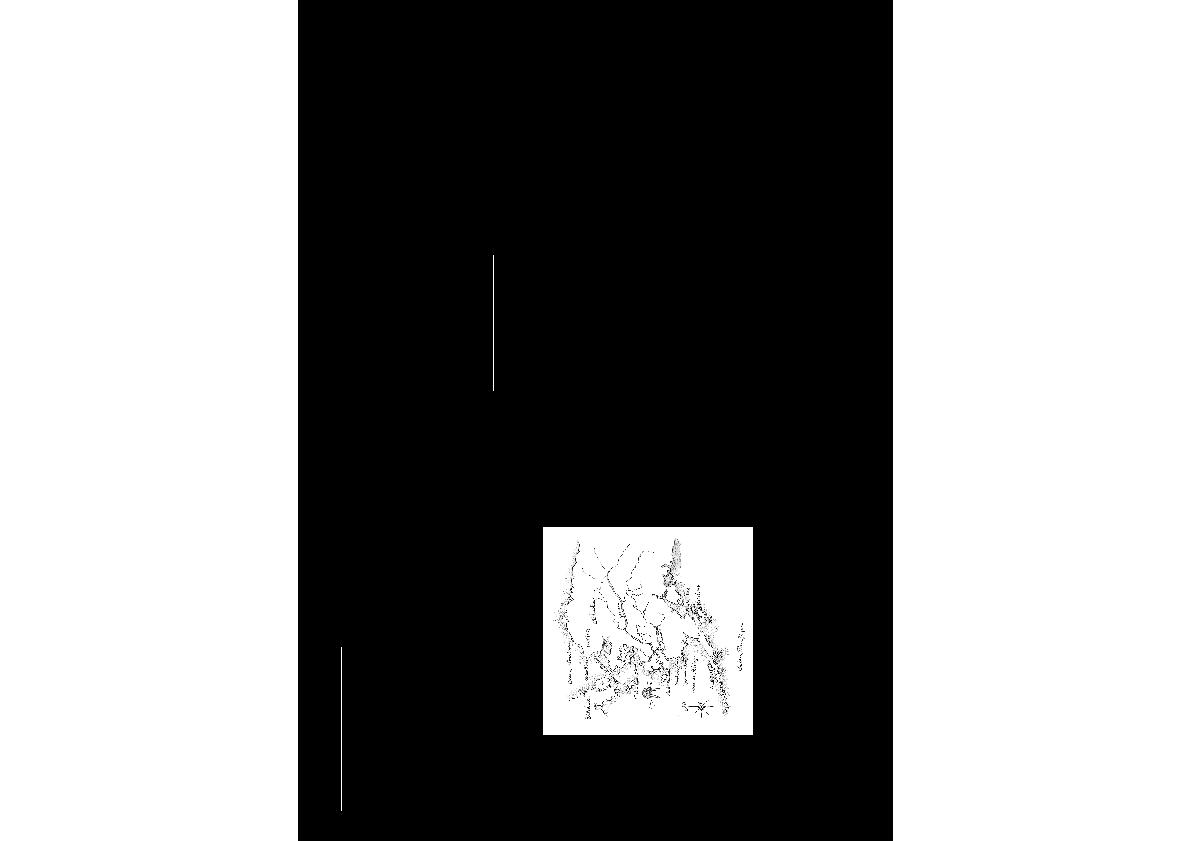
A quelques encablures des côtes de Sibérie, dans le milieu hostile du Grand Nord, les
premières civilisations paléo-Eskimo ont traversé le Détroit de Béring pour s'établir en
Alaska vers -2000 avant Jésus-Christ.
Ces populations de chasseurs semi-nomades, suivant la migration des grands mammifères
marins baleines, morses, phoques se sont progressivement installées sur St. Lawrence
Island et les côtes d'Alaska donnant naissance à la civilisation Okvik (-200 avant J.C. à
+100 après J.C.).
Les Okvik et les cultures ultérieures qui se sont succédé Old Bering Sea II et III, puis
Punuk, Thule sont les ancêtres des Eskimos (Inuit) actuels. Le mot « Okvik » signifie
littéralement « le lieu où les morses viennent à terre » et correspond à un site de chasse
privilégié de St. Lawrence Island.
os et en ivoire marin qui y ont été déposés ou enterrés à travers les âges. Réchauffement
climatique aidant, les Eskimos contemporains mènent chaque été des campagnes de
fouilles qui permettent de mettre à jour ces témoignages précieux de pratiques religieuses
et chamaniques ancestrales.
a hieratic quality these are the key features characterizing this several thousand years old
aesthetic style, whose parallels with modern art are striking.
When looking at a head or a carved figure from archaic Eskimo art, works by Modigliani,
Giacometti and Brancusi immediately echo in the mind.
North Pole, archaic Eskimo cultures have left an artistic legacy in the form of marine ivory
sculptures of an incomparable expressivity.
Only a short distance off the coasts of Siberia, in the hostile milieu of the Far North, the
first ancient Eskimo civilizations crossed the Bering Strait to establish themselves in Alaska
around 2000 B.C.
whales, walruses, seals progressively established themselves on St. Lawrence Island and
the coasts of Alaska, giving birth to the Okvik civilization (200 B.C. to 100 A.D.)
The Okvik and the later cultures that succeeded it Old Bering Sea II and III, then Punuk,
and Thule were the ancestors of the present-day Eskimos (Inuit). The word « Okvik » literally
means « the place where the walruses come ashore » and corresponds to a choice hunting
ground on St. Lawrence Island.
and marine ivory that were put there or buried at some point over the ages. With the help
of global warming, present-day Eskimos carry out digs each summer allowing this precious
evidence of ancestral religious and shamanic practices to be brought to light.
and studied in the early 20
understanding of Eskimo arts and cultures as the discovery of Tutankhamen's tomb in
1922 was for Egyptian art...